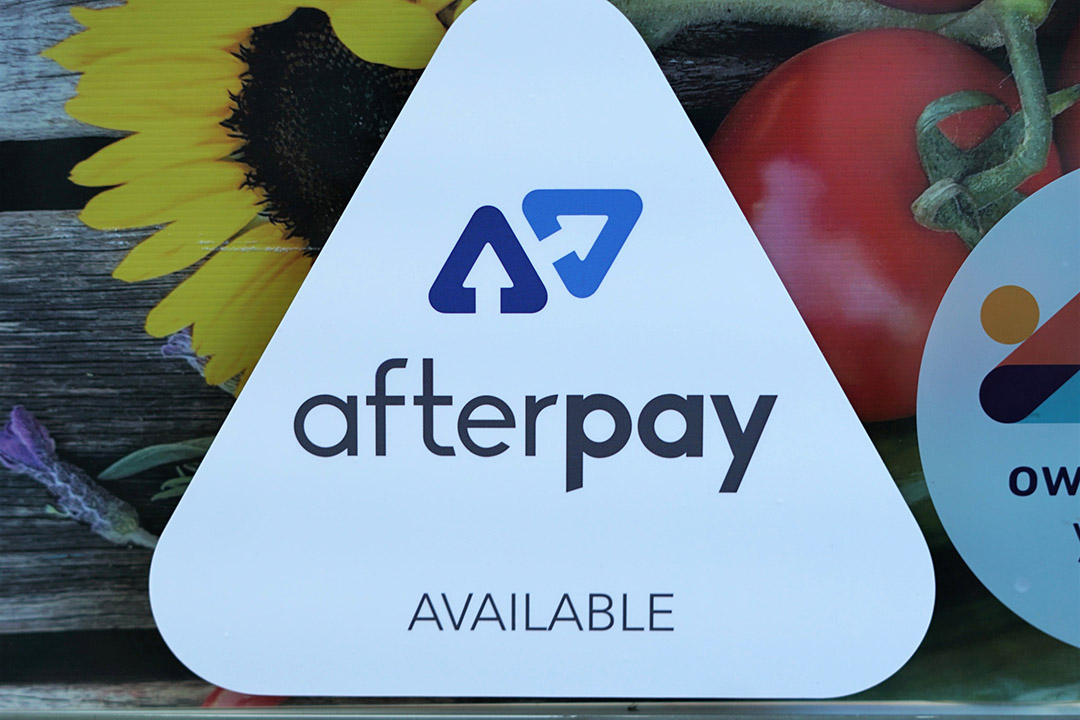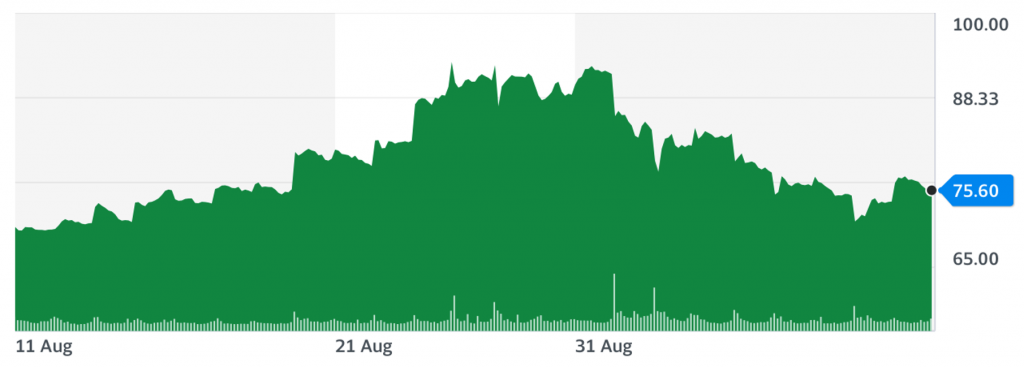

The big banks are gunning after the buy now, pay later (BNPL) businesses, Afterpay and Zip! NAB and CommBank have released new ‘rival’ cards, which they hope will appeal to young Aussies who have zipped into the new age idea of getting what they want and paying for it after!
And let me say this from the start. These new cards aren’t as straight up as they could be but they are miles simpler. It’s easier to see what you get and what you pay for than the bad old credit cards that have come out of the smoke-and-mirrors territory of the finance world.
But the question is this: will these new rivals really hurt the share prices of Afterpay and Zip? I’m interested as a finance commentator and I also have a small shareholding in Zip.
I have a vested interest to work out if these new cards from NAB and CBA will hit the share price of these two tech payment darlings of the modern investing world.
Before that, let’s see what the new cards offer.
Now remember, the likes of Afterpay lets a consumer buy something up to $1,500. These new bank cards have a limit at $3,000.
With Afterpay, you have eight weeks to repay in four instalments. If you do that, you pay nothing. If you miss a payment, you’re slugged $10.
NAB’s StraightUp card will charge you $10 a month if you have a balance up to $1,000. So let’s do a comparison to see the difference with Afterpay.
Let’s assume two customers, Annie and Billy, are good at repaying their debts. They both buy a great suit for work that costs $1,000 on January 1 at the post-Christmas sales.
Annie uses Afterpay. Billy is with StraightUp.
If they both pay back within eight weeks, Annie pays nothing but Billy would pay $20 for taking two months to pay it off. If he could’ve paid it off under a month, he would’ve paid $10.
If Billy took a year to pay it off, he would pay NAB $120 in fees (12 months at $10 a month). That’s like paying interest of 12%. It’s interesting that if he’d bought a $3,000 suit (the maximum you can borrow under the card) and took three years to pay it off, it works out at 8.8%. (Did I talk about smoke and mirrors in the finance world?)
Now given the average credit card is about 16.78%, these two cards from NAB and CBA are better than existing credit cards. And perhaps parents would prefer their kids to start off in the world of credit with these cards.
Millennials might see these cards as better than conventional credit cards and that might appeal to them. I suspect they’ll use these cards as a back-up to their preferred Afterpay or Zip options.
Other benefits of these new cards include no foreign exchange fees and no monthly fee if card isn’t used and the card balance is zero.
So will these cards hurt the share prices of Afterpay and Zip?
By the way, these new rivals come as Paypal has introduced a rival product as well, which did hit the buy now pay later (BNPL) companies’ share price last week.
Afterpay (APT)

You can see APT’s share price has come off the boil but it’s also copping the back lash from the tech sell-off in the US.
On the day NAB revealed its new StraightUp card, APT’s share price actually rose 2.13% to $75.63!
I can’t see the market dumping these stocks dramatically from here but they will lose the tailwinds that have really pushed up their share prices. It could mean that the analyst who tipped Afterpay at $100 might have to wait to be right.
The new cards are headwinds for the BNPL players but both Afterpay and Zip have other things going for them. I interviewed the co-founder of Zip, Peter Gray this week for next Monday’s Switzer TV Investing show.
He said that their US acquisition, Quadpay, was doing well and older consumers are starting to warm to the BNPL scene. And the fact that the likes of PayPal are getting into the act will improve the potential marketing reach of all products in the market.
Afterpay and Zip were world class and fast-moving innovators. They understood their younger market. And while many, including me, thought that governments would crack down on these new age lay-by companies, the evidence of young people getting into trouble with these products is negligible.
On the other hand, these companies have forced the banks to play fairer on credit cards. This underlines the positive power of competition.
I’m not expecting Afterpay and Zip to shoot the lights out from here, unless their overseas expansion continues to excite the market. I also don’t think these guys are dead in the water. They look like great companies with a future, despite the fact that their stock market life has become more challenging.
Remember this: the stock market can be like a casino, with punters betting on where share prices will go. But the CEOs of the companies I’m talking about here are running real businesses. And if their businesses keep growing, so will their share prices.